Dolce & Gabbana takes over Paris’ Grand Palais with an opulent celebration of craft and creativity
Wallpaper* takes a tour of Dolce & Gabbana’s ‘Du Coeur à La Main (From the Heart to the Hand)’ exhibition in Paris, a spellbinding journey through the house’s collections and their Italian inspirations
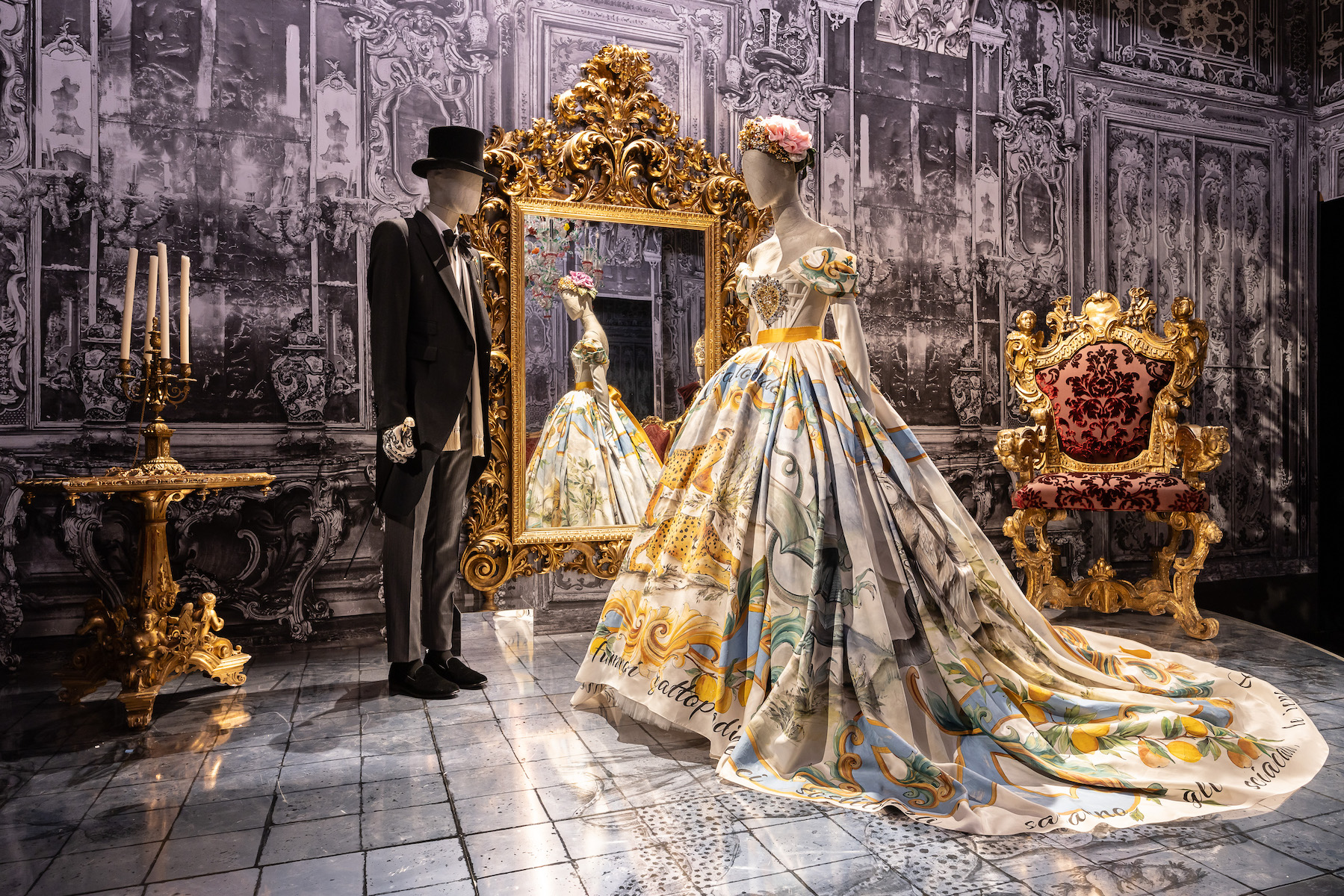
Domenico Dolce and Stefano Gabbana are celebrating 40 years of their luxury fashion empire at Paris’ Grand Palais with ‘Du Coeur à La Main (From the Heart to the Hand)’, the duo’s second passionate love letter to Italy following the exhibition’s debut at Palazzo Reali in Milan last spring.
The show is breathtaking. Less a retrospective, more a Grand Tour, it takes us from Stefano’s birthplace of Milan to Rome, Florence, Naples and Capri, then to Domenico’s birthplace of Sicily, Palermo and Taormina, to marvel at the opulence of Italy’s art and culture, transcending the ephemerality of fashion.
Dolce & Gabbana’s ‘Du Coeur à La Main (From the Heart to the Hand)’ exhibition at Paris’ Grand Palais
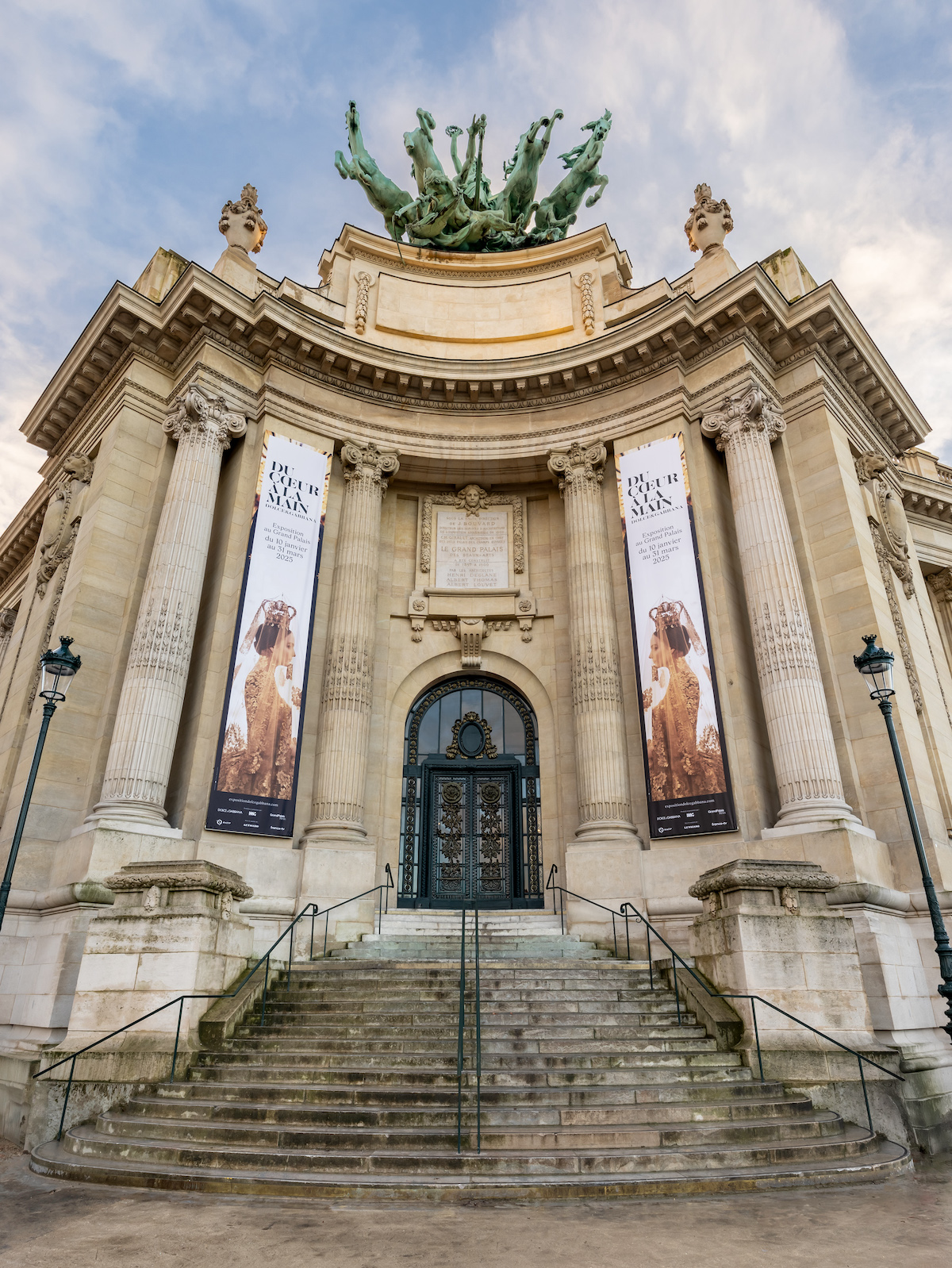
For those who missed its Milan debut, or not lucky enough to score front-row seats at their shows, ’From the Heart to the Hands’ provides a unique close-up of the artistry and craftsmanship of the label.
Curated by Florence Müller, it unfolds through twelve retina-searing tableaux, with 200 one-off Alta Moda and Alta Sartoria creations, 300 handmade accessories including Alta Gioielleria, and 130 original artworks, spread over a 1,200 sq m extravaganza on three floors.
Blacked-out corridors lead to heavy, black velvet drapes. Parting these, each set bursts exuberantly into life in one of its twelve theatrical acts; Fatto a mano; Architecture and Artists; Dream of Divinity; Divine Mosaics; Sicilian Traditions; White Baroque; Devotion; Italian Ornaments and Volumes; The Leopard; In the Heart of Milan; Opera, and the finale, The Art and Craft of Glasswork, alongside the opportunity to see the house’s craftspeople at work.
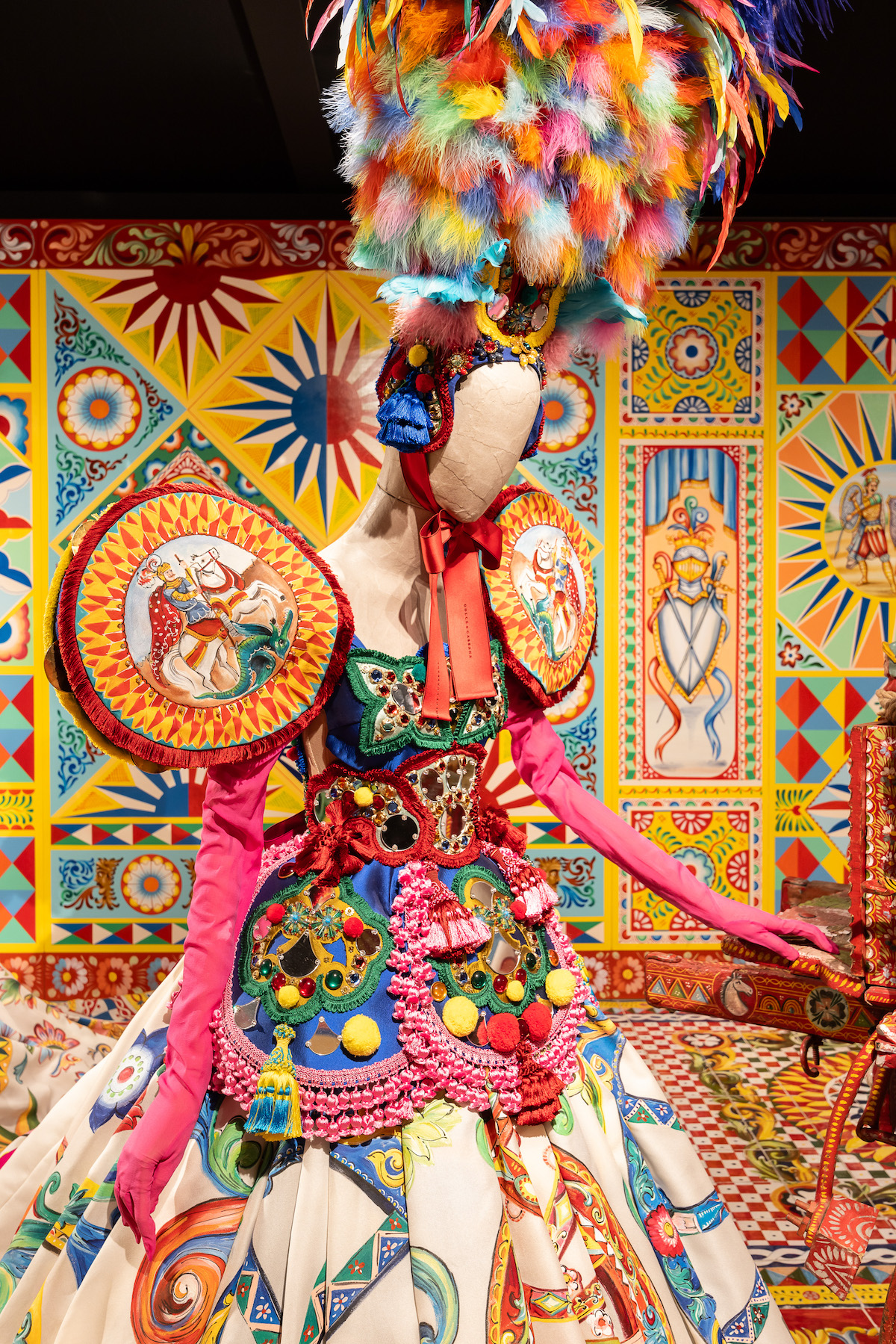
Catholic imagery abounds, with religious icons woven into sweaters, a bishop’s mitre as headwear, and a thurible handbag carried on a chain by a male model. On the staircases, clusters of the designers’ signature Sicilian widow silhouettes clutch rosary beads in black form-fitting silk-satin gazar and lace. The Sacred Heart symbol is a recurrent motif, suggesting that creativity cannot exist without divine passion.
Here, Müller recounts to Wallpaper* the story behind the extraordinary exhibition.
Wallpaper* Newsletter
Receive our daily digest of inspiration, escapism and design stories from around the world direct to your inbox.
Jean Grogan: What does bringing this exhibition to Paris, epicentre of haute couture, mean to Domenico Dolce and Stefano Gabbana?
Florence Müller: Domenico Dolce and Stefano Gabbana are the designers most inspired by Italian culture, and the ones who represent it most accurately. The exhibition was created in Milan, Italy’s fashion capital, now it comes to Paris, France’s fashion capital, the epitome of haute couture.
Making haute couture with Italian savoir-faire is a dream they have fulfilled since launching their Alta Moda line in 2012. The arrival of From the Heart to the Hand at the Grand Palais is an affirmation and recognition of the significance of their work as couturiers and of Italian savoir-faire.
In a previous interview they said: 'Getting here was a dream come true, we wanted to be Chanel.’
JG: Was your curation chronological? What was your selection process?
FM: Curating an exhibition like this is a very complex process. I began by delving into the history and archives, looking at what has been preserved and then discussing with the designers to understand their creative intention, and what they wanted to communicate. The exhibition is an homage to the encounter between the creative idea, the master craftsmanship, and the creative passion that brings the designer desire to life. I feel very privileged to be able to understand their work, their intention and their dream of creating beauty from the inside out.
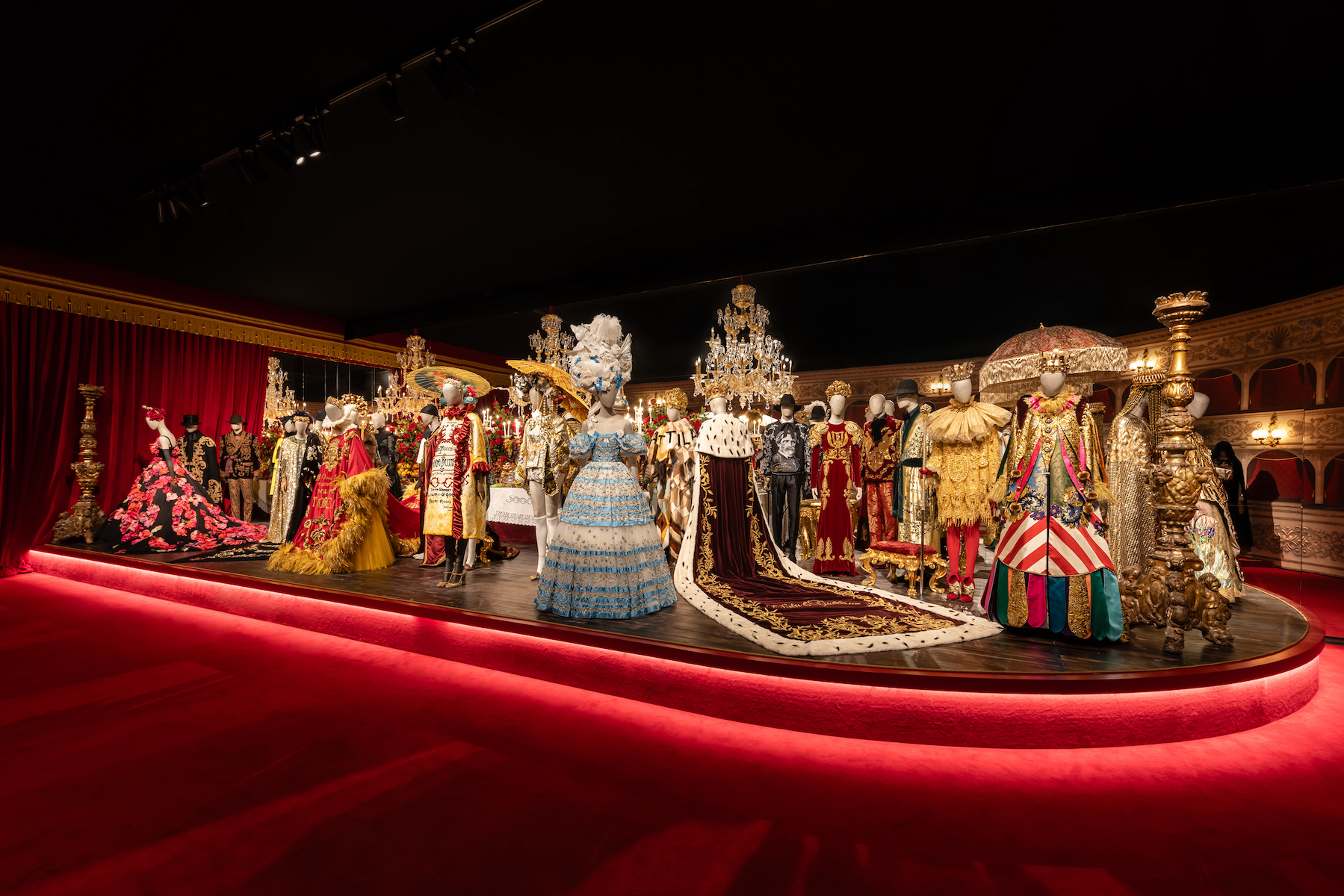
JG: Each tableau is extremely distinctive and self-explanatory.
FM: Yes, there is no need for the visitor to read the introductory text to each room to grasp what we’re trying to say. The scenography is reflected in the creations and vice versa.
JG: What are the main differences between these two exhibitions?
FM: The Grand Palais is more spacious than the Palazzo Reali, which allowed us to exhibit more jewellery, Baroque furniture and decorative objects meaningful to the designers’ universe.
One room, Divine Mosaics, has a completely different shape to that of Milan, it is circular, whereas in Milan, it was square, covered floor to ceiling with glass mosaics and gold leaf. The same mosaic panels created by the Orsoni 1888 house in Venice were reassembled in the Grand Palais, but adapted to this new format.
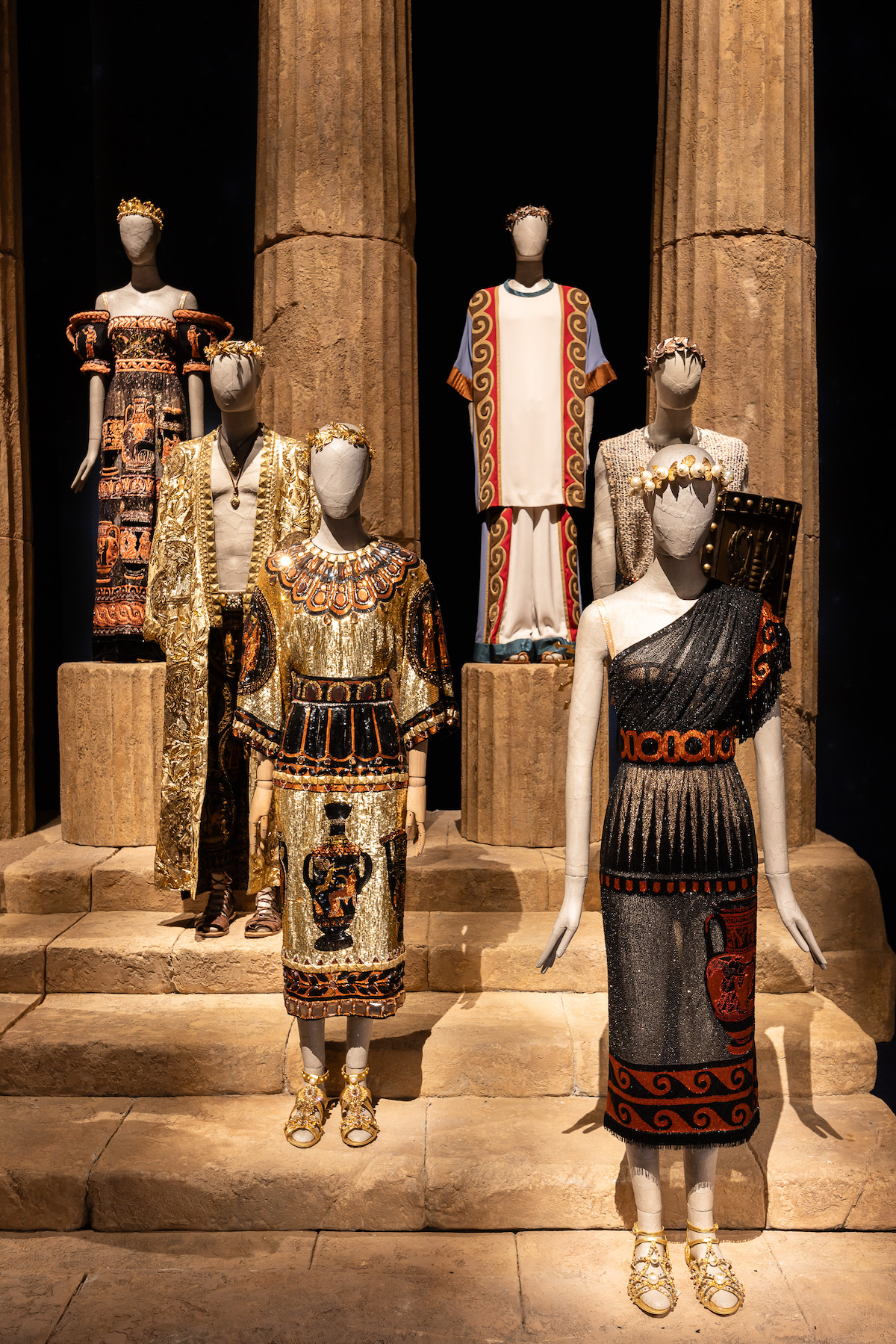
JG: Parting the curtains to enter each mise-en-scène gives the exhibition a ‘Through the Looking Glass’ feel. Was this your intention?
FM: The original intention of the curtains was to contain the music soundtrack specific to each room, to avoid sound pollution from one space to another. But as the project progressed, the curtains became an integral part of the dramaturgy, heightening the effect of mystery. Lifting the curtains is like opening a gift to reveal the surprise inside.
JG: What is the next stop on this global tour?
FM: The next stop is top secret, to maintain the element of surprise. This exhibition proves one thing. The past is not dead. The past can be brought back to life by l’Alta Moda. Or in the words of Tancredi in the designers’ favourite cult movie, The Leopard: ‘If we want things to stay as they are, things will have to change.’
‘Du Cœur À La Main: Dolce & Gabbana’ runs at Paris’ Grand Palais until March 31, 2025.
-
 Warp Records announces its first event in over a decade at the Barbican
Warp Records announces its first event in over a decade at the Barbican‘A Warp Happening,' landing 14 June, is guaranteed to be an epic day out
By Tianna Williams
-
 Cure your ‘beauty burnout’ with Kindred Black’s artisanal glassware
Cure your ‘beauty burnout’ with Kindred Black’s artisanal glasswareDoes a cure for ‘beauty burnout’ lie in bespoke design? The founders of Kindred Black think so. Here, they talk Wallpaper* through the brand’s latest made-to-order venture
By India Birgitta Jarvis
-
 The UK AIDS Memorial Quilt will be shown at Tate Modern
The UK AIDS Memorial Quilt will be shown at Tate ModernThe 42-panel quilt, which commemorates those affected by HIV and AIDS, will be displayed in Tate Modern’s Turbine Hall in June 2025
By Anna Solomon
-
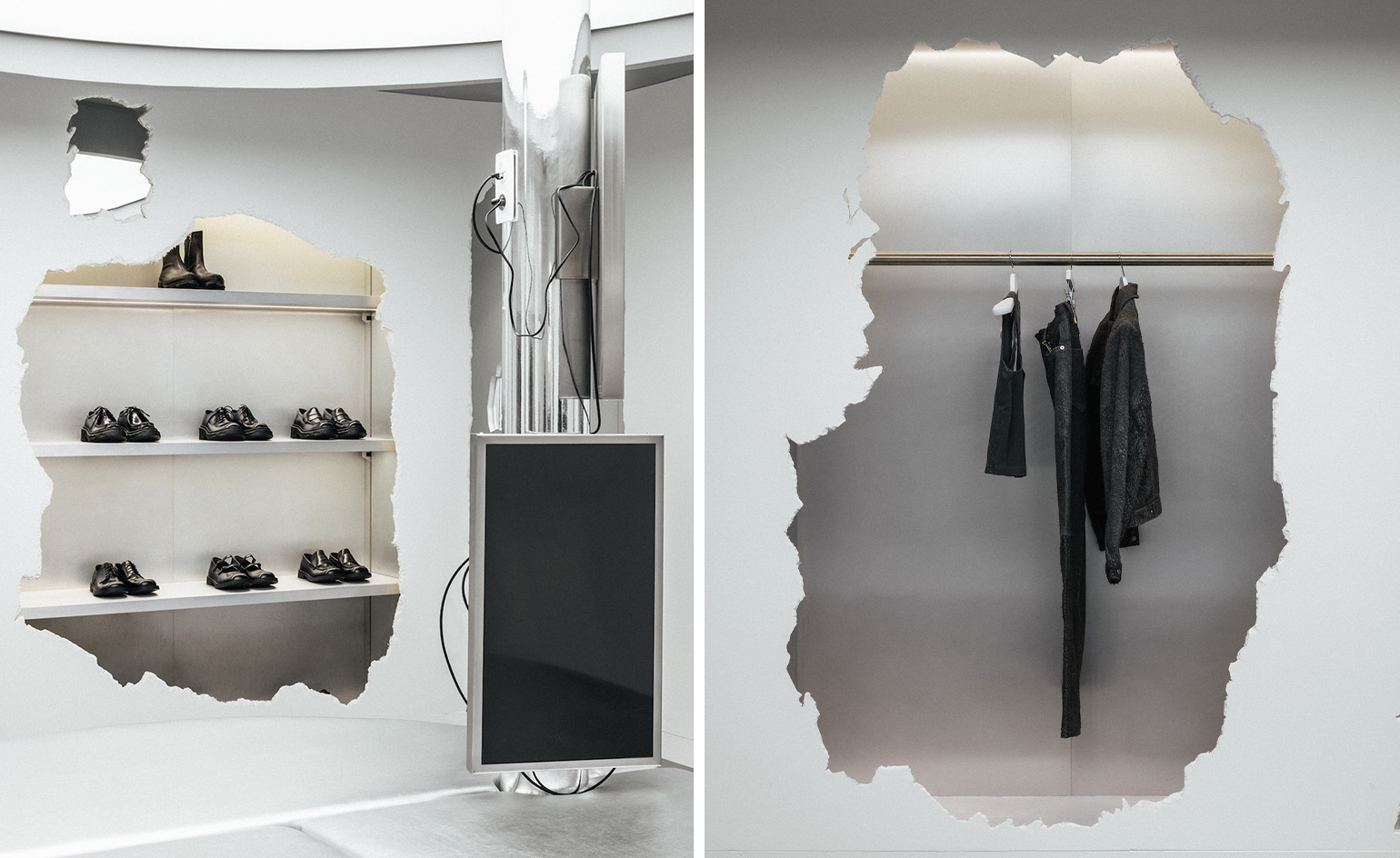 Inside Camperlab’s Harry Nuriev-designed Paris store, a dramatic exercise in contrast
Inside Camperlab’s Harry Nuriev-designed Paris store, a dramatic exercise in contrastThe Crosby Studios founder tells Wallpaper* the story behind his new store design for Mallorcan shoe brand Camperlab, which centres on an interplay between ‘crushed concrete’ and gleaming industrial design
By Jack Moss
-
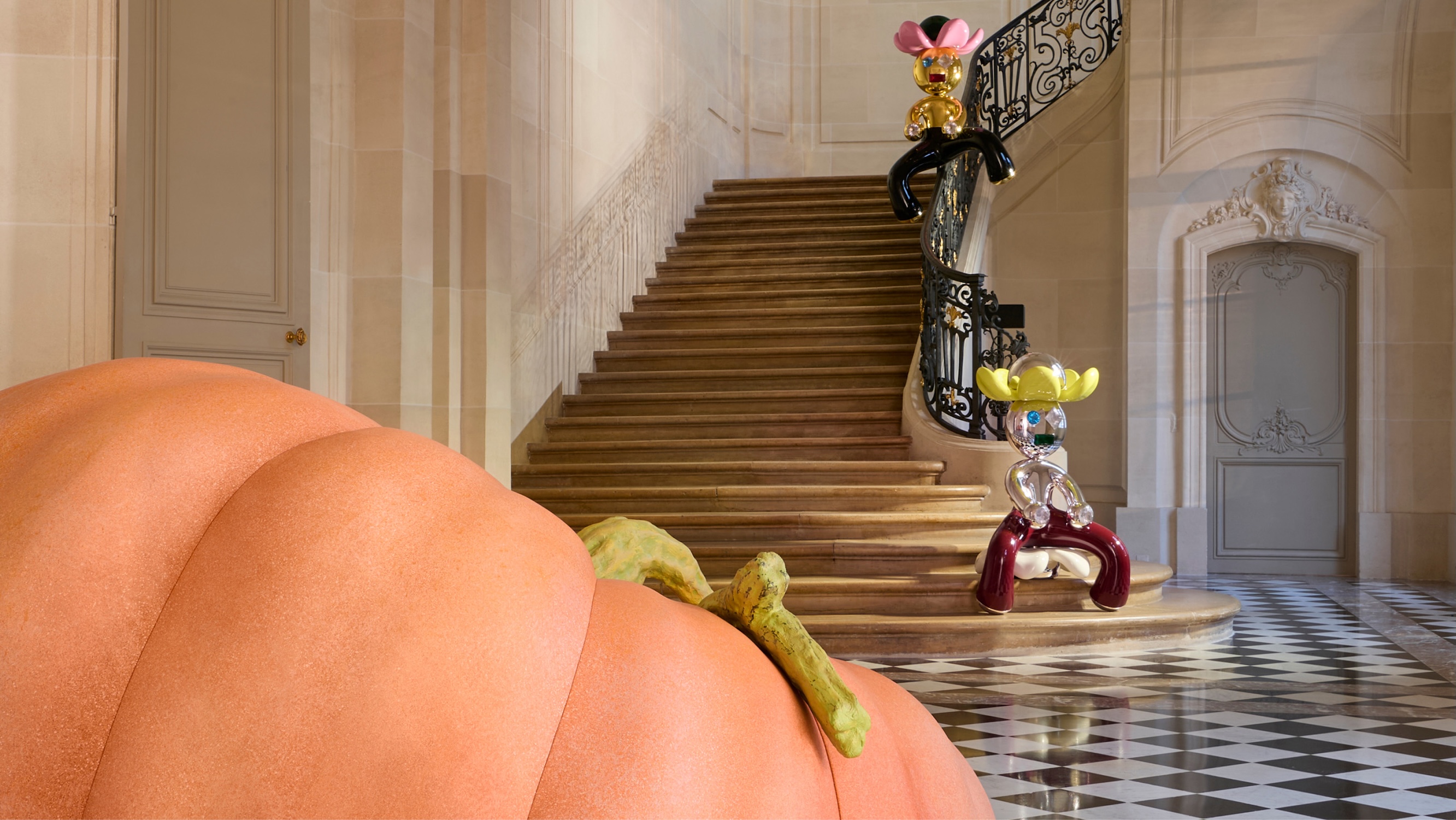 How an 18th-century mansion became a Loewe wonderland for Paris Fashion Week
How an 18th-century mansion became a Loewe wonderland for Paris Fashion WeekDrawing on the act of scrapbooking, Jonathan Anderson took over the Hôtel de Maisons with a self-reflective A/W 2025 presentation, shown alongside colourful artworks from the brand’s collection
By Orla Brennan
-
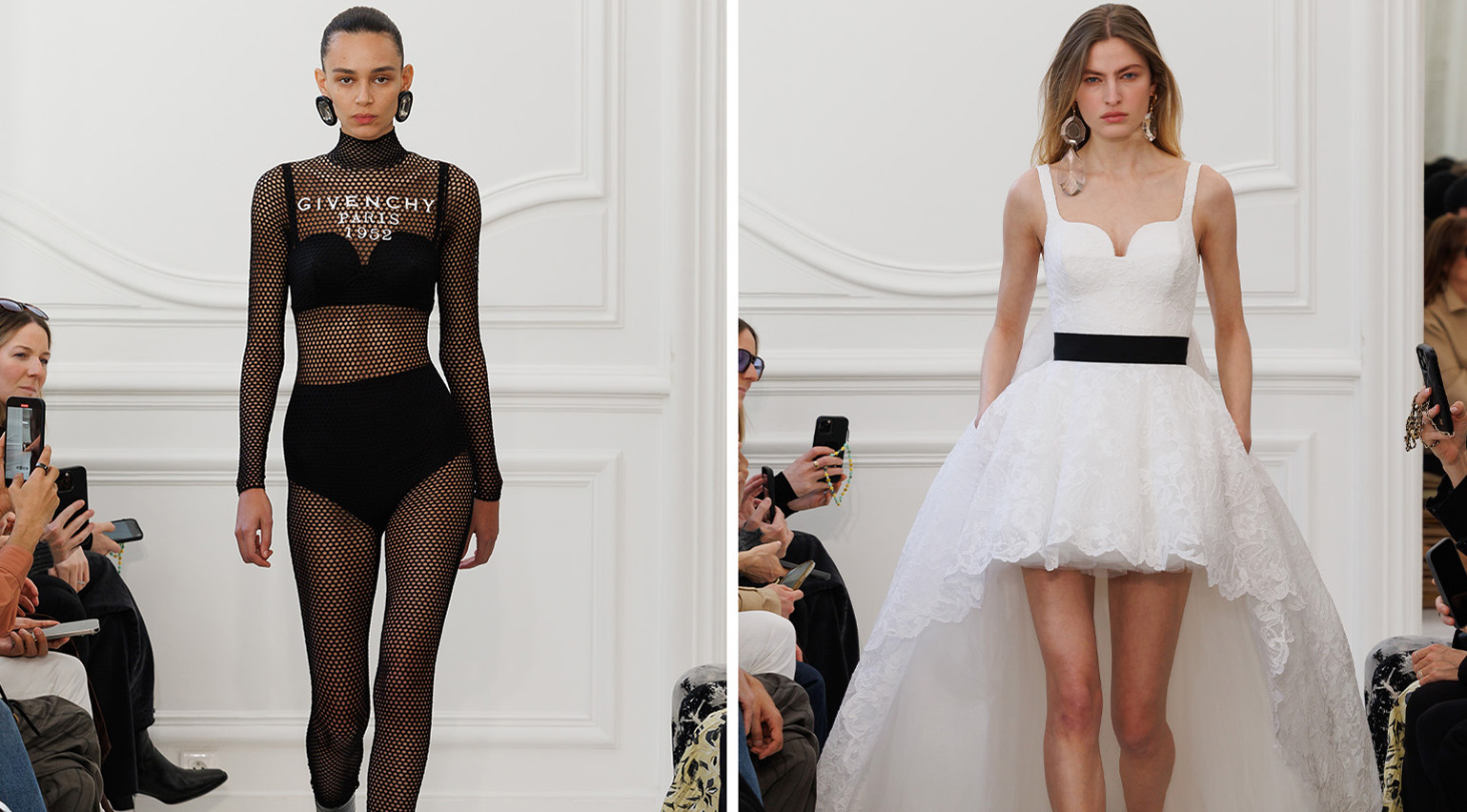 Inside Sarah Burton’s debut show for Givenchy: ‘To go forward, you have to go back to the beginning’
Inside Sarah Burton’s debut show for Givenchy: ‘To go forward, you have to go back to the beginning’This morning in Paris, the former Alexander McQueen designer unveiled her anticipated debut as creative director of Givenchy – a musing on contemporary womanhood sparked by the discovery of lost Hubert de Givenchy pattern pieces
By Jack Moss
-
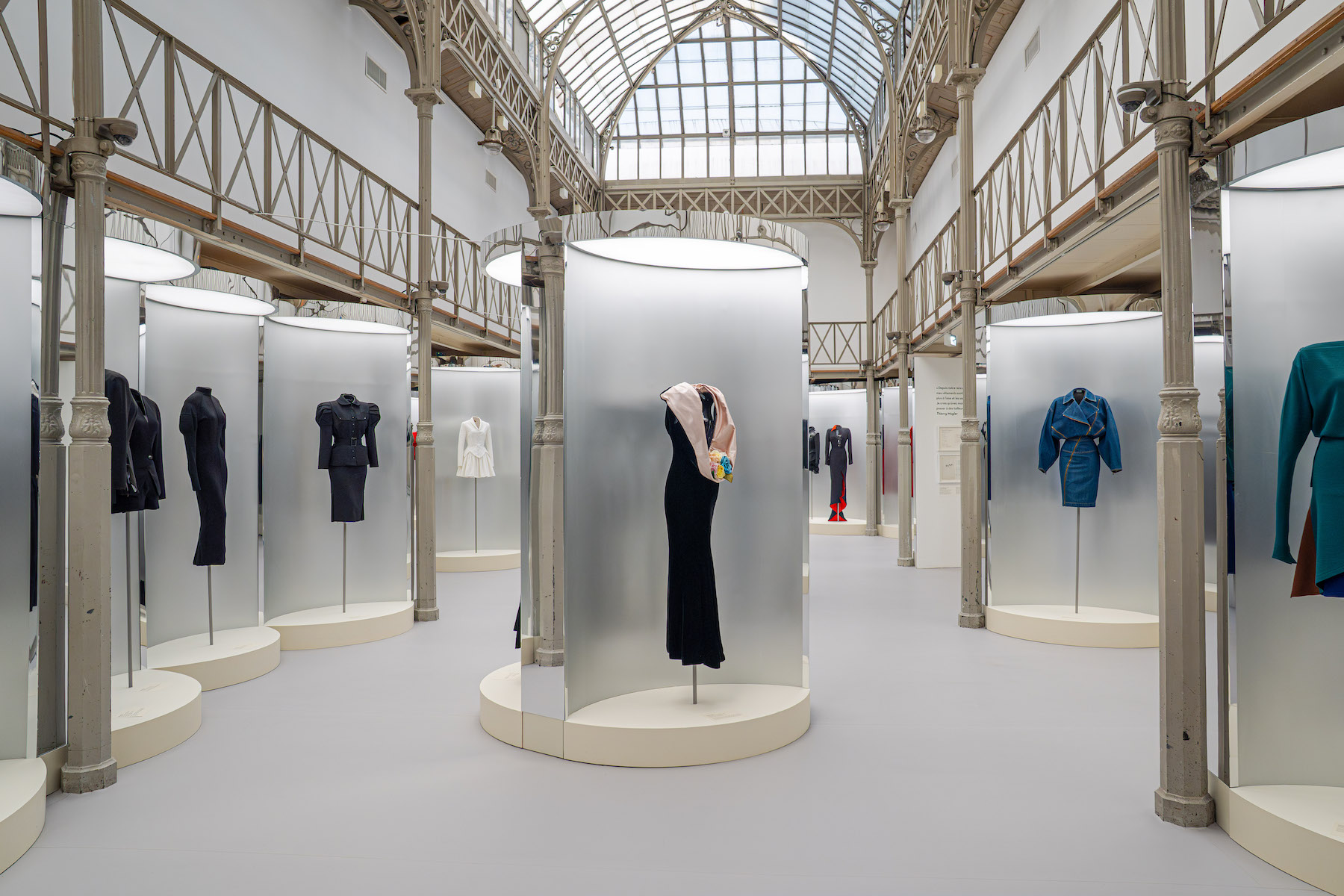 ‘Azzedine Alaïa - Thierry Mugler’: new Paris exhibition puts two fashion greats in conversation
‘Azzedine Alaïa - Thierry Mugler’: new Paris exhibition puts two fashion greats in conversation‘Azzedine Alaïa - Thierry Mugler’ at Fondation Azzedine Alaïa explores the affinity and friendship between two designers who redefined 1980s and 1990s fashion. Curator Olivier Saillard tells Wallpaper* about the unique show
By Dal Chodha
-
 Abra’s A/W 2025 beauty look embraced the 1980s with furry wigs and ‘greige’ lipstick
Abra’s A/W 2025 beauty look embraced the 1980s with furry wigs and ‘greige’ lipstickAbra’s A/W 2025 collection paid homage to New Romantics and the beauty routine of founder Abraham Ortuño Perez’s mother. Here, alongside hairstylist Charlie Le Mindu and make-up artist Cécile Paravina, he tells Wallpaper* more
By Hannah Tindle
-
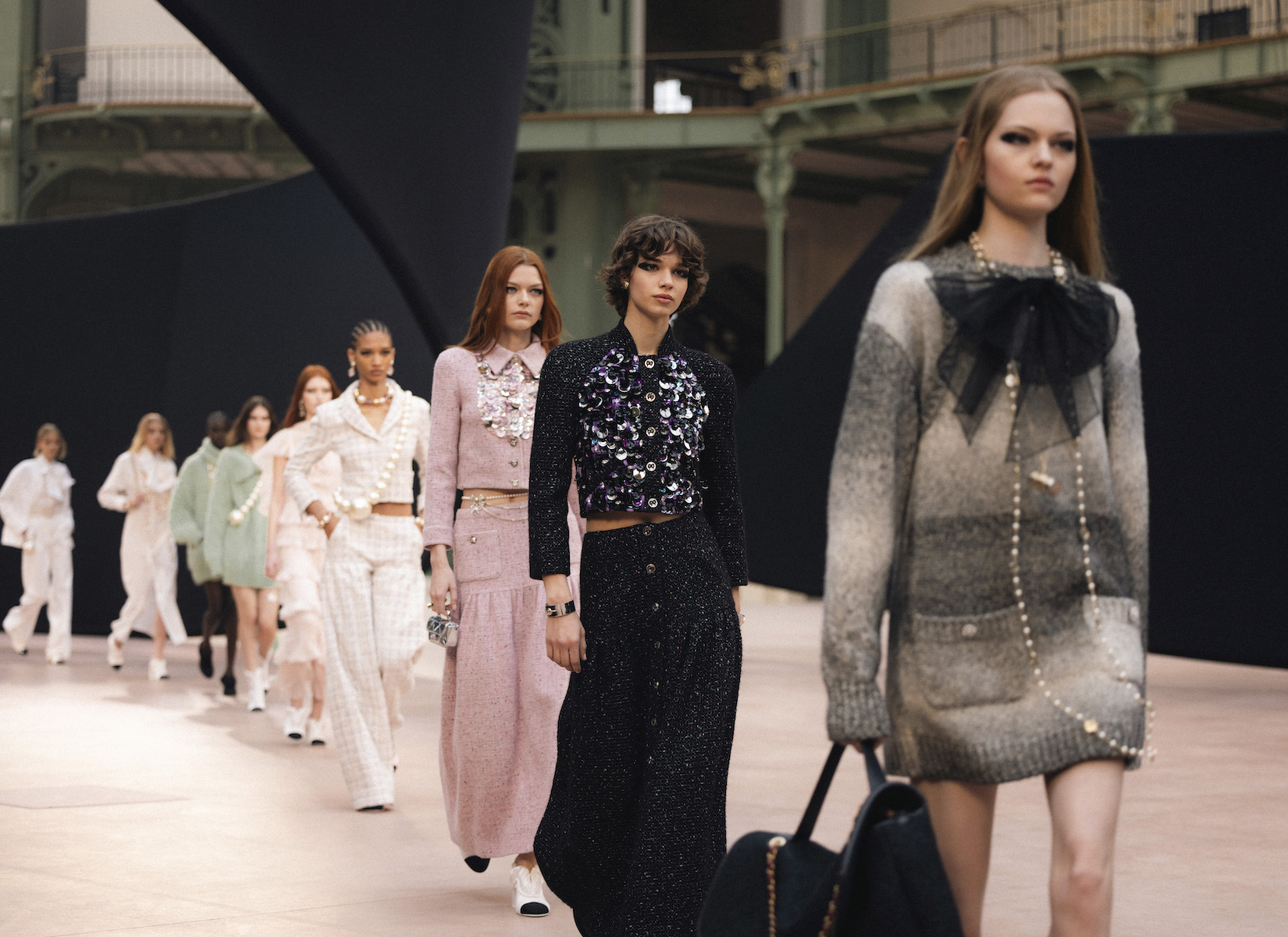 Paris Fashion Week A/W 2025 highlights: Chanel to Saint Laurent
Paris Fashion Week A/W 2025 highlights: Chanel to Saint LaurentWallpaper* selects the very best of Paris Fashion Week A/W 2025, from Chanel’s playful take on its house codes to an exercise in singularity at Saint Laurent
By Jack Moss
-
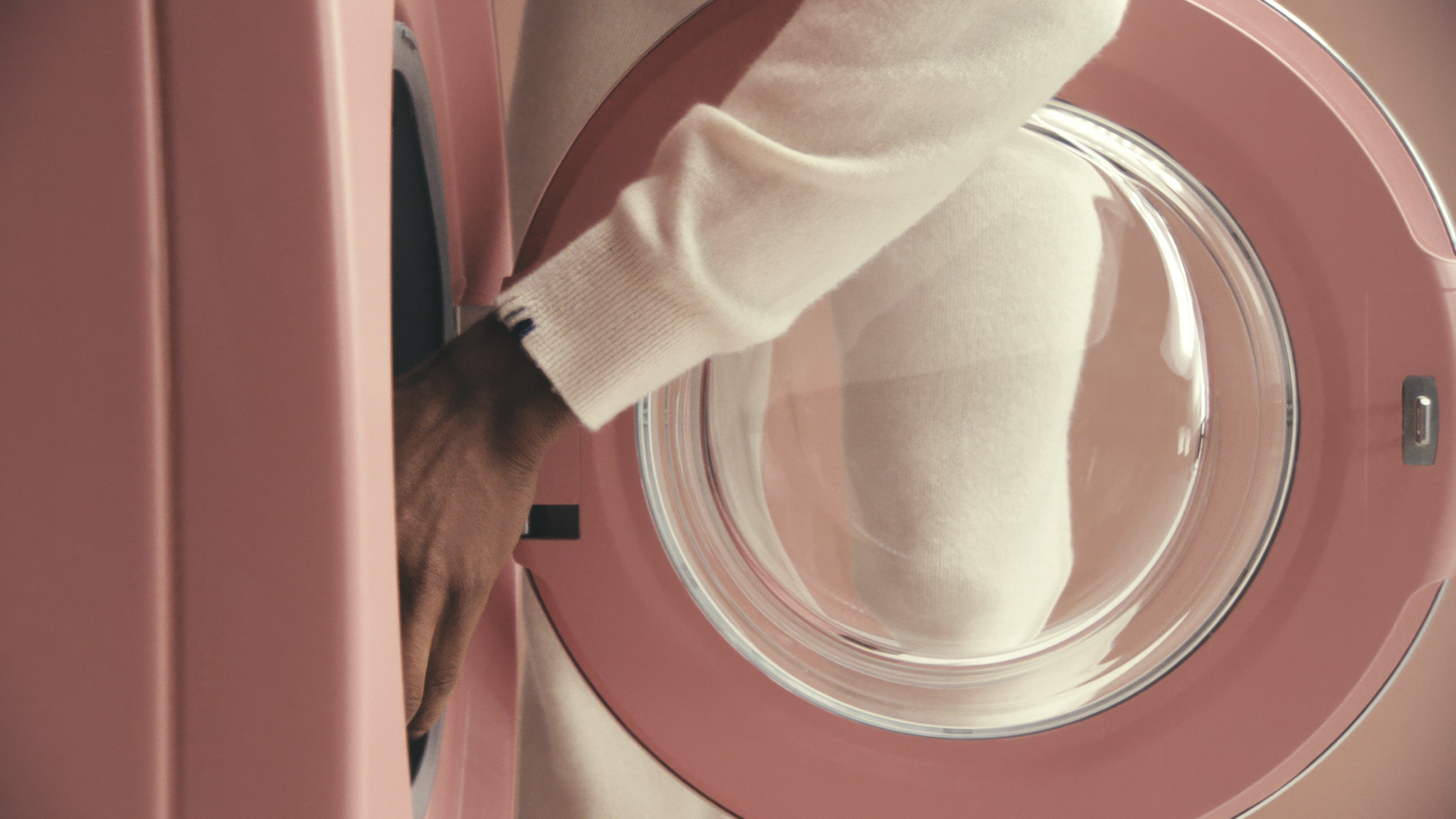 In Paris, Extreme Cashmere and Miele have created a ‘spa’ for your sweaters
In Paris, Extreme Cashmere and Miele have created a ‘spa’ for your sweatersCoinciding with Paris Fashion Week, Amsterdam label Extreme Cashmere has partnered with Miele washing machines to create a ‘meditative’ spa that extolls the virtues of cashmere care. Founder Saskia Dijkstra tells Wallpaper* more
By Jack Moss
-
 ‘Strangeness is a necessary ingredient in beauty’: Aesop’s new floral perfume Aurner refuses to conform
‘Strangeness is a necessary ingredient in beauty’: Aesop’s new floral perfume Aurner refuses to conformAesop’s new floral perfume Aurner is described as a ‘defiant bloom’. Its creator Céline Barel tells Wallpaper’s Hannah Tindle why the fragrance refuses to conform
By Hannah Tindle